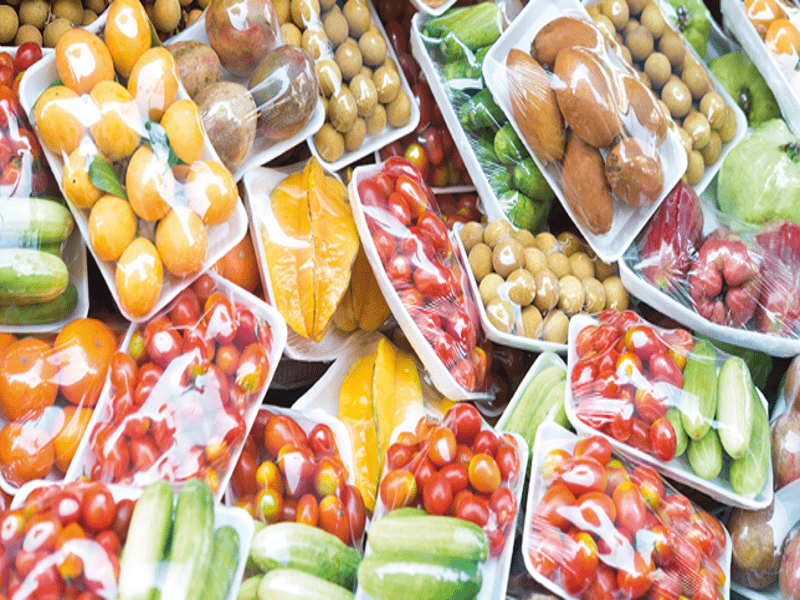Market Report
The Future of High-Barrier Packaging Films to 2024

Consumers’ growing need for convenience and product safety are driving demand growth for high-barrier packaging film.
Busier consumer lifestyles and the consequent demand for convenience products, together with the popularity of microwave cooking have, contributed, for example to growing use of microwaveable retort ready meals packed in trays and stand-up pouches. High-barrier flexible packaging products, such as retort pouches, are challenging rigid pack formats, such as metal tins and glass jars, for a wide range of food products.
Global high-barrier packaging film consumption was projected at 1.86 million tonnes in 2016 according to exclusive data from the new Smithers report The Future of High-barrier Packaging Films to 2021.
In 2016 materials used to produce high-barrier packaging films were valued at almost $9.0 billion and are forecast to grow during 2016–2021 at an annual rate of 4.7% to $11.32 billion. Market value growth is forecast to increase at a slightly higher rate than material consumption due to faster anticipated growth for higher cost films. It is forecast to grow during 2016–2021 at an annual rate of 4.6% to 2.33 million tonnes.
Packaging demand, as in most other markets, is influenced by the economic cycle, however discretionary consumer spending on food and drink packaging exhibits far greater stability over the economic cycle than some non-food markets. The growth performance of certain non-food markets for high-barrier packaging film, including pharmaceuticals and cosmetics and toiletries, is much more responsive to changes in consumers’ real disposable incomes.
Emerging and developing economies are forecast to grow at twice the rate of advanced countries and offer the best opportunities for the high-barrier packaging films market. Demand will therefore continue to be driven primarily by the faster-growing emerging and developing economies of Asia-Pacific, the Middle East and Africa during the forecast period, rather than the slower-growing and more mature advanced economies of Western Europe, North America and Japan.
 Figure E.4 – Global high-barrier packaging film consumption, projected percentage share by world region, 2016
Figure E.4 – Global high-barrier packaging film consumption, projected percentage share by world region, 2016
Sustainable packaging and source reduction aimed at lowering the environmental impact of packaging have become key goals for brand owners. These trends are encouraging the uptake of high-barrier plastic packaging film, including a wider use of packaging based on sustainable resources.
Some companies are taking the need for sustainability one step further by creating biodegradable and renewable cellulose-based barrier films. Innovia Films and Sappi Fine Paper Europe, for example, have combined their individual compostable substrates – Innovia’s ‘NatureFlex’ and Sappi’s ‘Algro Nature’ – to provide a packaging solution that offers the potential for either industrial or home composting or anaerobic digestion. Both ‘NatureFlex’ and ‘Algro Nature’ are manufactured from wood sourced from managed forests. According to the companies, these natural materials provide the essential barrier requirements for coffee, snack bars and single serve drink packs.
High-barrier packaging film demand is benefiting from the growing dominance of large retail chains in developing and developed national markets, helping to expand the market for packaged food with an emphasis on cost control and shelf life extension. Domestic supermarkets/hypermarkets are spreading in many of the major cities in developing countries and are now taking a growing share of food and drink consumption. International retail chains are also expanding their presence in developing markets, which will further increase barrier packaging demand, bringing more consumers into contact with Western shopping patterns.
Supermarkets/hypermarkets are becoming especially favoured by consumers due to their wide product ranges and diverse choice of premium brands, not usually available in other types of outlets. There has also been a growth in the number of discount stores and private label products, which enable those on lower incomes to purchase packaged food and drinks at more affordable prices.
Technology developments are helping to support high-barrier packaging film demand.